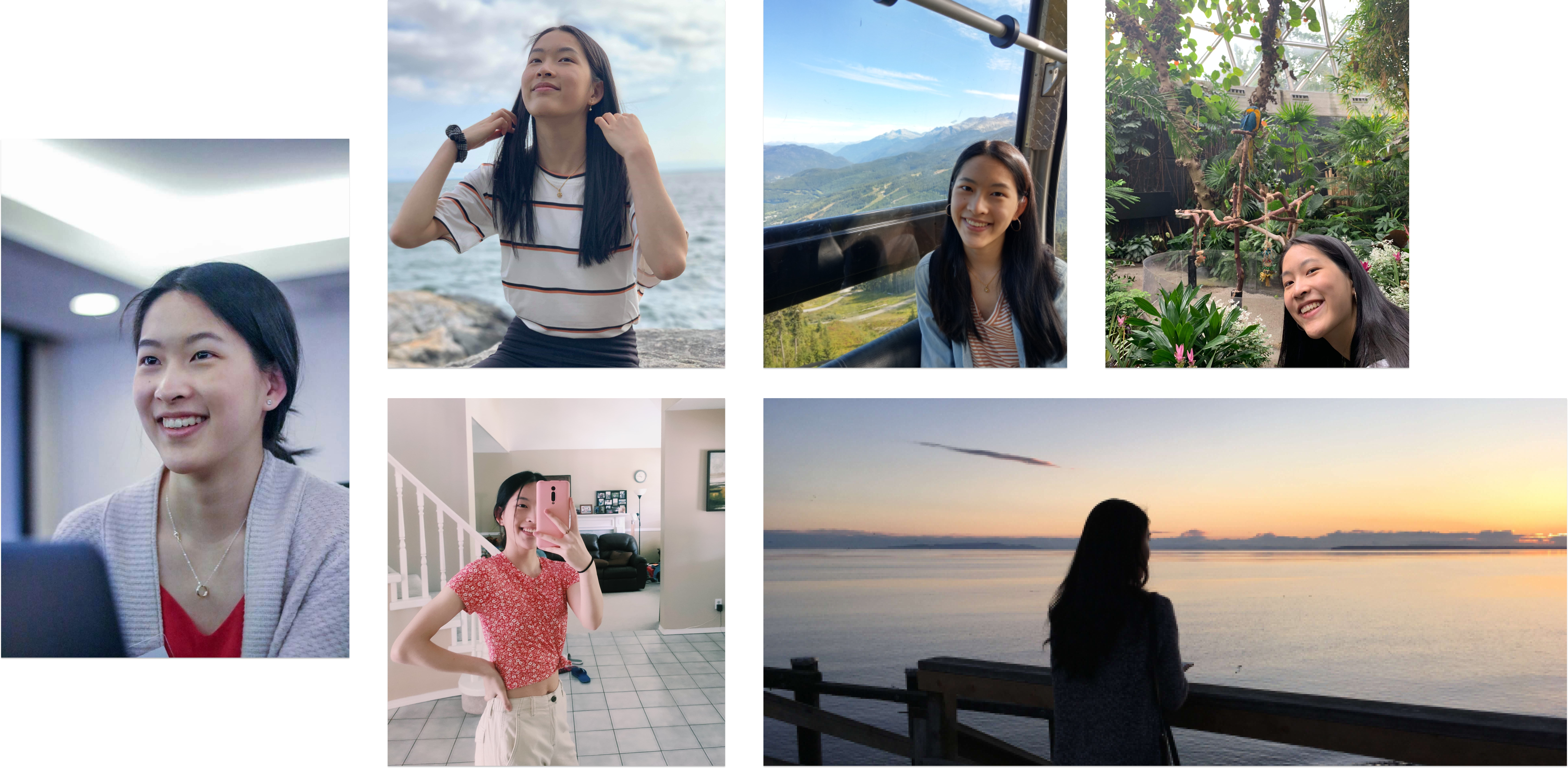let me tell you about my story...
- 🙋♀️ At the core, I am an INFJ who is driven by both the curiosity to uncover the mysteries of the world and the calling the help others.
- 💡 Fascinated by neuroscience, technology, creative design, nature, stories/books, lofi beats, delicious food, and deep conversations.
- 💭 Seeking to solve tough problems, re-think what's possible, elevate others, and continuously hone my passions & interests.

Growing up, I was the shy kid who panicked to speak up in class. I spent my free time making DIY projects and expressed myself through channeling my inner creative. At the time, I knew that when I grew up, I wanted to do something creative. And that meant not science and engineering.
I fell in love with the first science class I took in high school. I particularly loved learning about the human anatomy and different systems that govern our world. I remember telling myself one day that biomedical engineering is what I'll pursue. I didn't even know what it was - it just "sounded cool".
At the same time, I became actively involved in community service, mainly focusing on empowering underprivileged groups of different circumstances. What I've realized is that many of the social issues I was dealing had invisible links to healthcare and neuroscience. For example, children in foster care experience disruptions in brain development due to trauma and constant moving, leading to greater mental and physical health issues.
Community service allowed me empathize with the direct human effects of these issues, but I wanted to do more. I took a second look at biomedical engineering and started investigating how technology can be used in healthcare, particularly in the treatment of brain disorders.
My first exposure to this realm was working at Surrey's Health and Technology District in the summer of my grade 11 year, where I saw robotic exoskeletons to electrical stimulator devices being used to rehabilitate individuals from neurological conditions. These technologies were re-training the brain how to walk again and improving cognitive function.
I was instantly drawn in. I was fascinated knowing that people who were once told to just accept their disability/health condition could, essentially, gain their life back. I knew that this - applying technology to help those who need it the most - was what I wanted to dedicate my life to.
Most importantly though, I realized science and engineering is about being creative. Science allows me to connect the dots and discover how things work, and engineering allows me to acquire the tools needed to create unique solutions to problems I stand for.
Instead of making DIY arm-knitted scarves and shaker cards for friends and family, I'm creating DIY's to design human-centered technologies for the underprivileged and to build bridges to close social divides. ✨